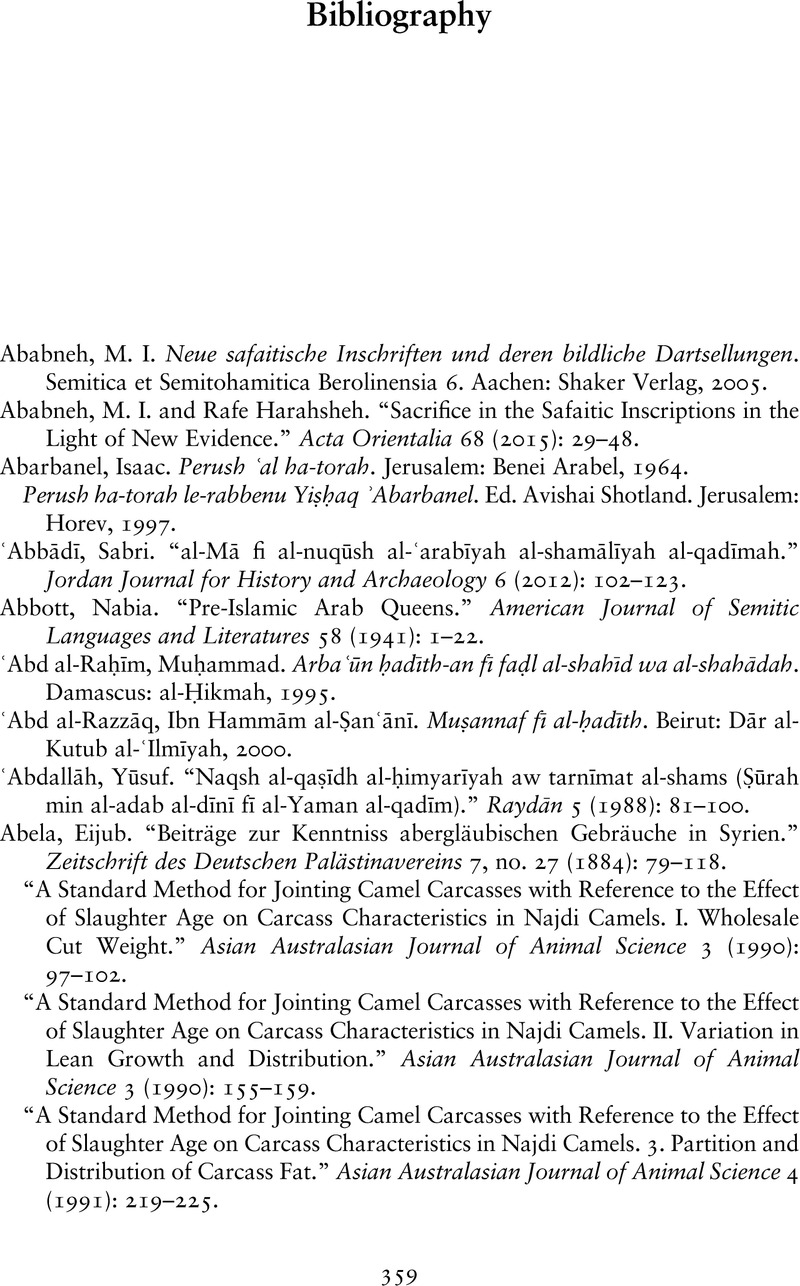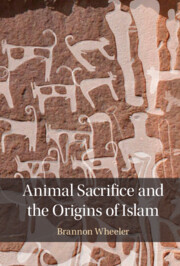Book contents
- Animal Sacrifice and the Origins of Islam
- Animal Sacrifice and the Origins of Islam
- Copyright page
- Contents
- Preface
- Introduction
- 1 Animal Sacrifices in the Life of the Prophet Muhammad
- 2 Burials of Camels at the Tombs of Warriors
- 3 Pagan Origins of Muslim Ḥajj Sacrifice
- 4 Abraham as the Originator of the Ḥajj Sacrifice
- 5 Distribution of the Body of the Prophet Muhammad
- 6 Martyred Bodies and the Demarcation of Territory
- Conclusions
- Bibliography
- Index
- References
Bibliography
Published online by Cambridge University Press: 09 June 2022
- Animal Sacrifice and the Origins of Islam
- Animal Sacrifice and the Origins of Islam
- Copyright page
- Contents
- Preface
- Introduction
- 1 Animal Sacrifices in the Life of the Prophet Muhammad
- 2 Burials of Camels at the Tombs of Warriors
- 3 Pagan Origins of Muslim Ḥajj Sacrifice
- 4 Abraham as the Originator of the Ḥajj Sacrifice
- 5 Distribution of the Body of the Prophet Muhammad
- 6 Martyred Bodies and the Demarcation of Territory
- Conclusions
- Bibliography
- Index
- References
Summary

- Type
- Chapter
- Information
- Animal Sacrifice and the Origins of Islam , pp. 359 - 458Publisher: Cambridge University PressPrint publication year: 2022



